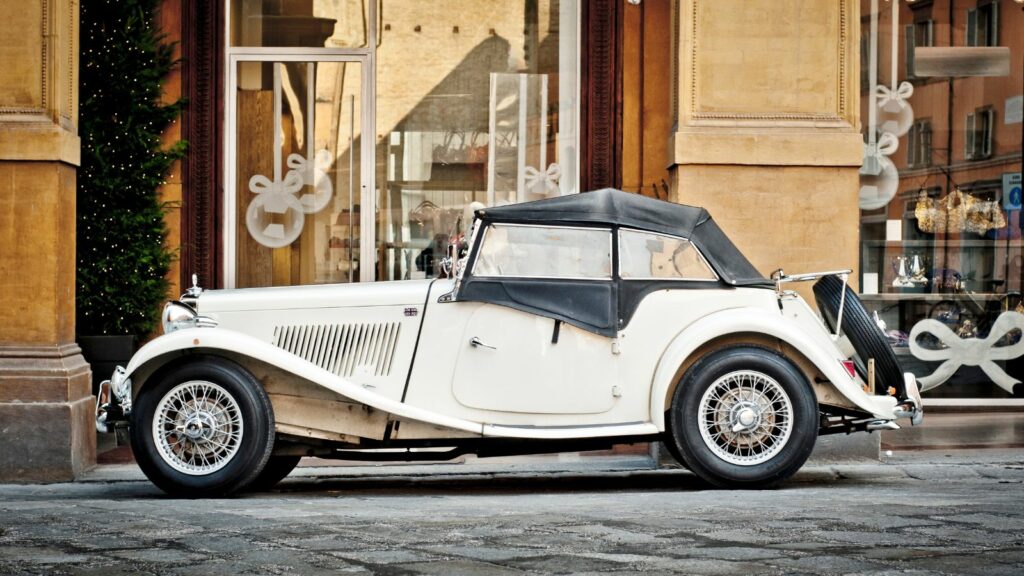Ah, the age-old debate: Vintage versus modern. It’s the automotive equivalent of arguing whether vinyl sounds better than digital (spoiler alert: It does). When it comes to sports cars, the debate becomes even juicier. Picture yourself behind the wheel of a sleek, roaring machine that sends shivers down your spine. But is that machine a modern marvel or a classic beast from the past? Here are 12 sports cars from yesteryear that could give today’s speedsters a run for their money.
1966 Shelby Cobra 427
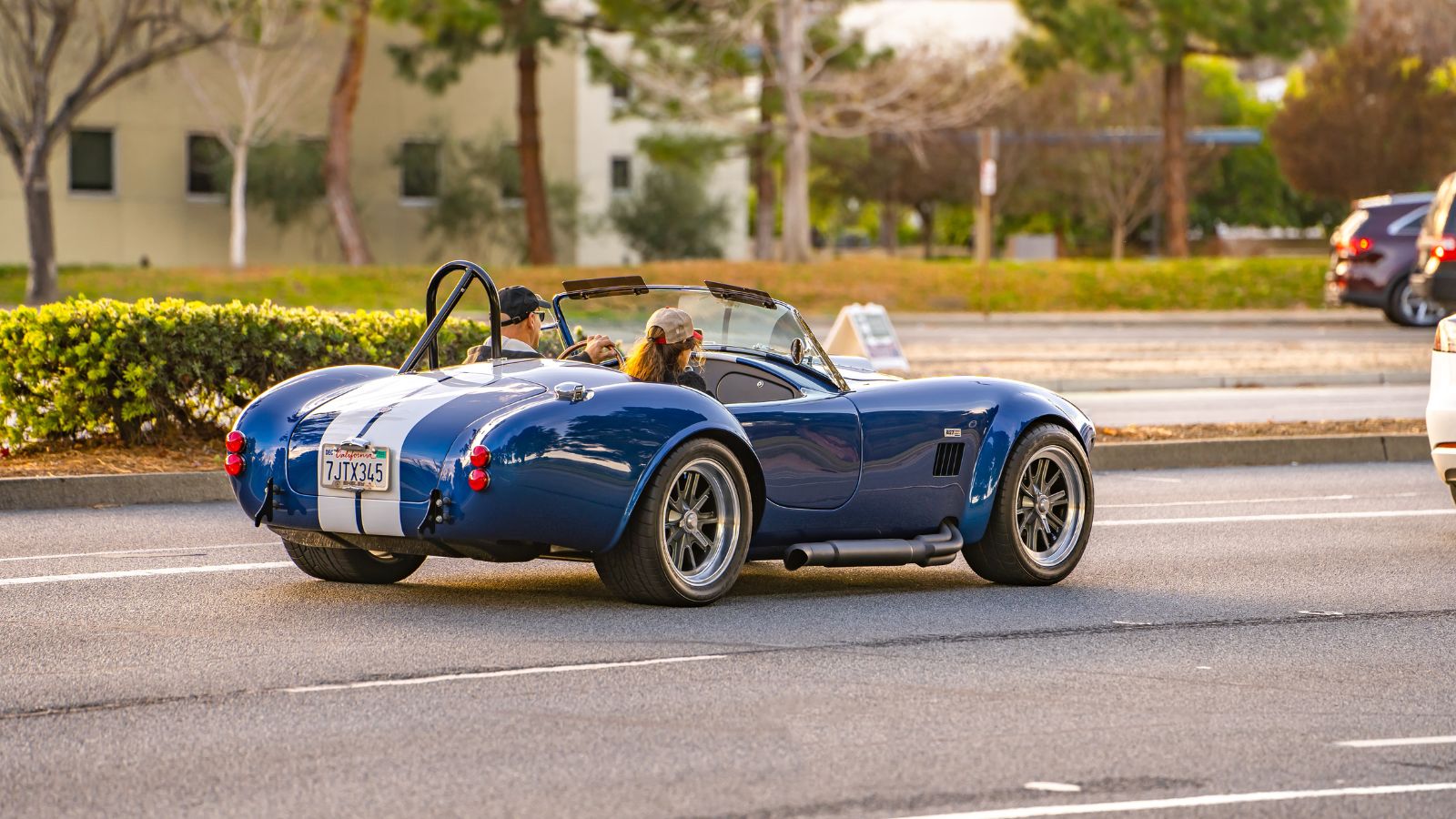
Ladies and gents, meet the muscle-bound king of the jungle. The 1966 Shelby Cobra 427 isn’t just a car; it’s a statement. With a 7.0-liter V8 engine producing 425 horsepower, this bad boy was essentially a rocket with wheels. Weighing in at 2,355 pounds, it could hit 0-60 mph in a blistering 4.2 seconds. Compare that to many modern sports cars that need a gym membership to shed some pounds, and you’ll see why the Cobra is still a legend.
1987 Buick GNX
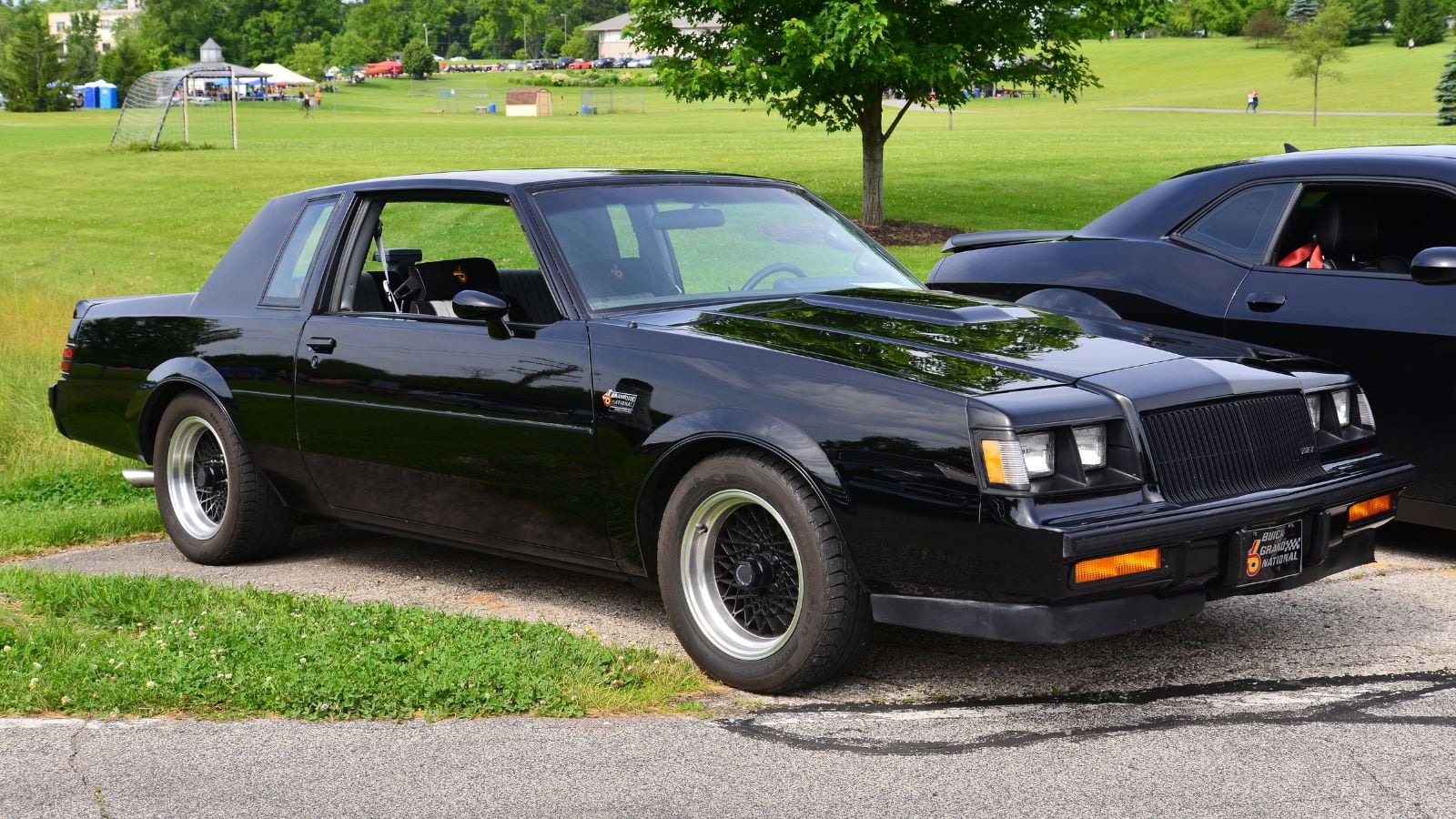
The Buick GNX was the automotive equivalent of a high school nerd who turned into a billionaire tech mogul. The car’s design includes a unique, aggressive front grille, flared wheel arches, and blacked-out trim, giving it a menacing appearance. It also came with a lowered suspension and wider tires for improved handling. Today’s sports cars can have all the tech they want, but they’ll never match the GNX’s surprise factor.
1970 Plymouth Hemi ‘Cuda
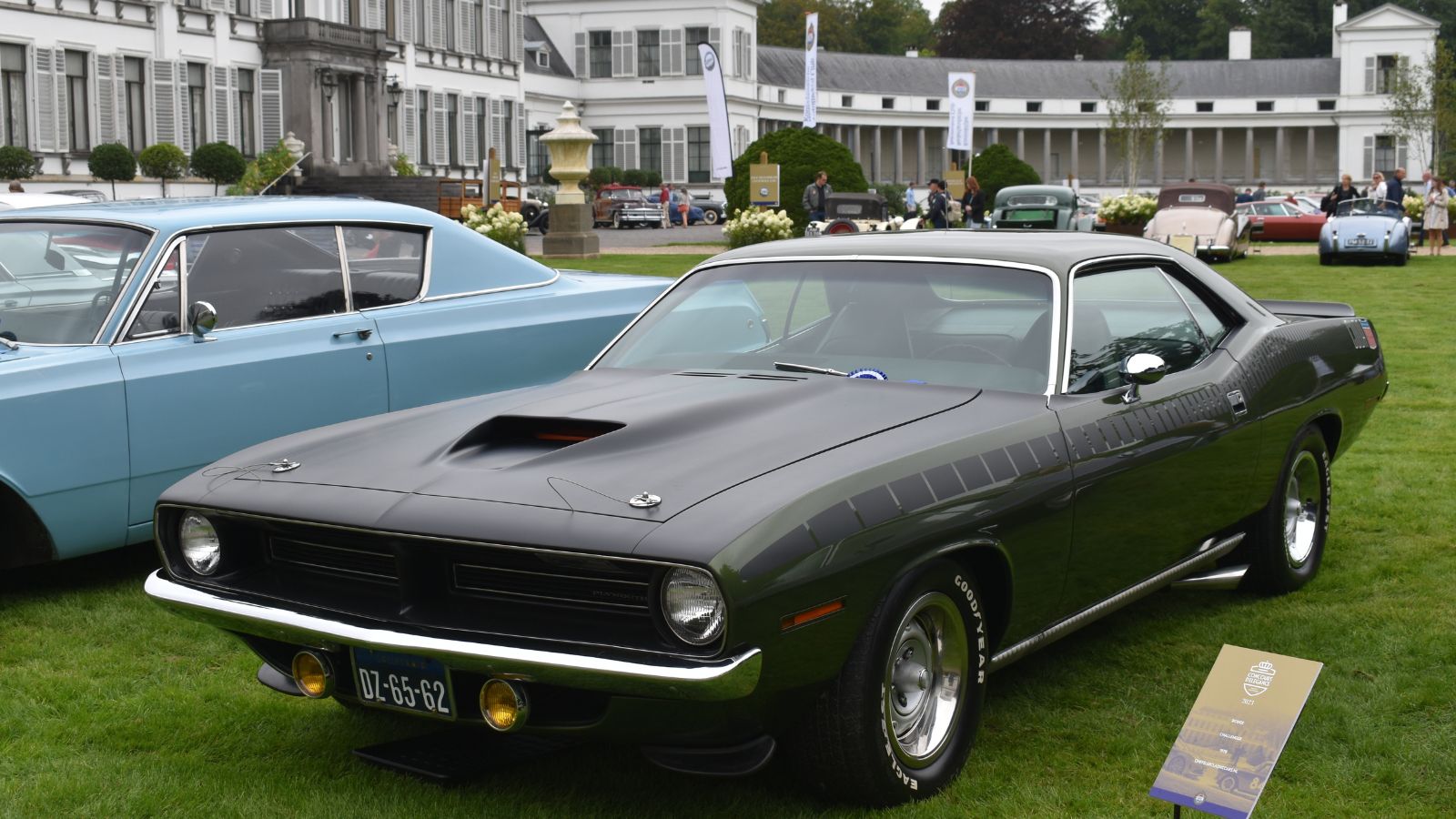
The 1970 Plymouth Hemi ‘Cuda wasn’t just a car but an attitude on wheels. Featuring the iconic 426 cubic inch (7.0L) Hemi V8 engine, it delivered a robust 425 horsepower, making it a dominant force on the road and the drag strip. The ‘Cuda’s aggressive styling included a distinctive “shaker” hood scoop, bold body lines, and a wide stance, enhancing its muscular appearance. This beast could hit 60 mph in around 5.6 seconds, but its real charm was in its raw, untamed power and the iconic design that screamed, “Get out of my way!”
1984 Ferrari 288 GTO

Ferrari has always been synonymous with speed and style, and the 1984 288 GTO is no exception. With a twin-turbocharged V8 engine producing 400 horsepower, this car was initially intended for Group B racing. This is also reflected in its advanced engineering and robust build. Only 272 units were produced, making it a highly sought-after collector’s item. The interior combines luxury with functionality, featuring leather seats and a driver-focused cockpit. It was one of the first cars to break the 200-mph barrier, a feat that still leaves modern sports cars sweating in their tires.
1969 Chevrolet Camaro ZL1
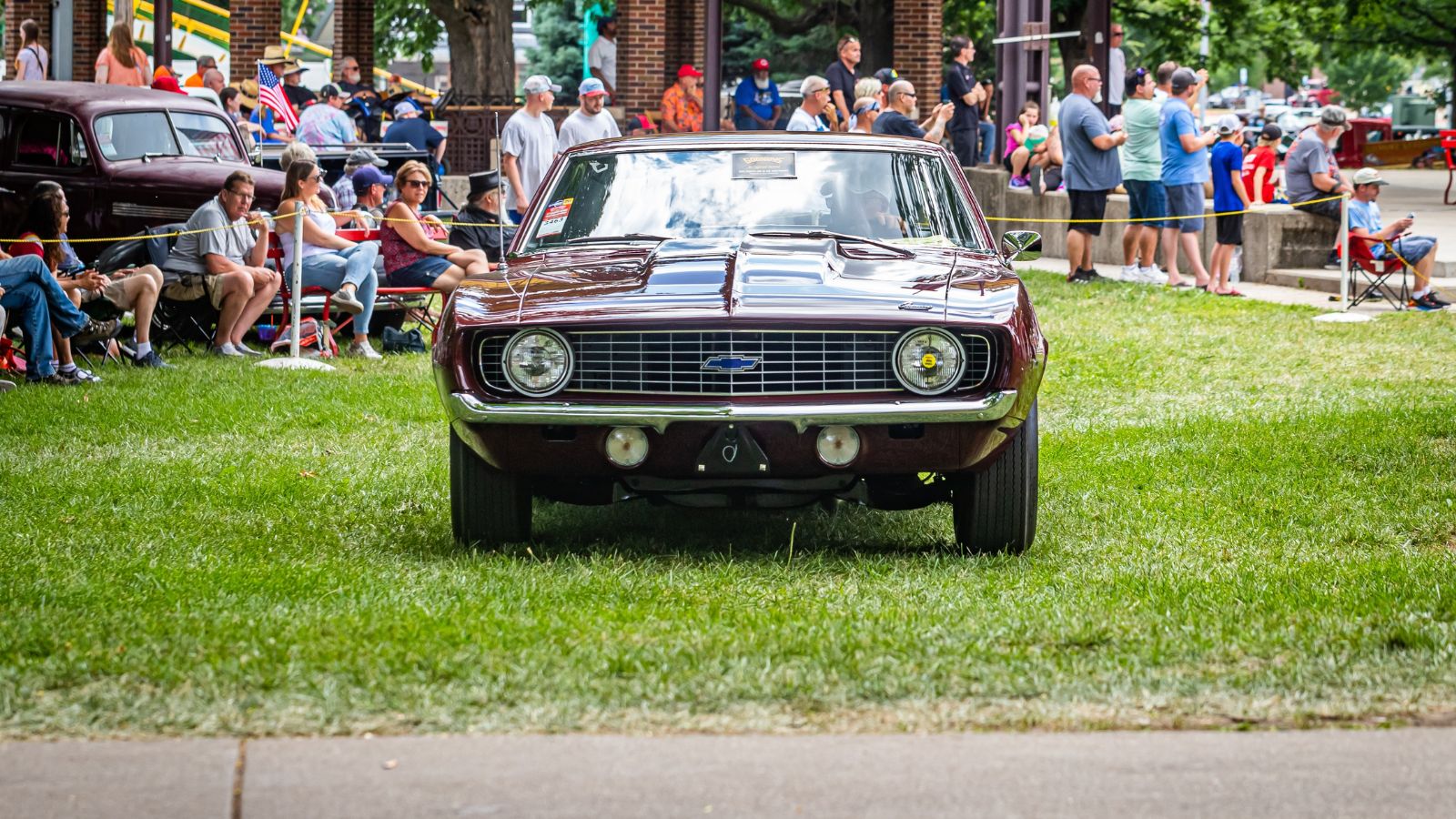
The 1969 Camaro ZL1 was a limited-edition car with heavy-duty suspension, brakes, and drivetrain components to handle the immense power. It retained the classic 1969 Camaro styling, characterized by its aggressive front grille, sleek lines, and distinctive rear end. It was designed for the drag strip but street-legal enough to scare the pants off anyone who dared to race it. With a 0-60 mph time of around 5.3 seconds, this classic Camaro would have modern sports cars checking their mirrors twice.
1992 McLaren F1
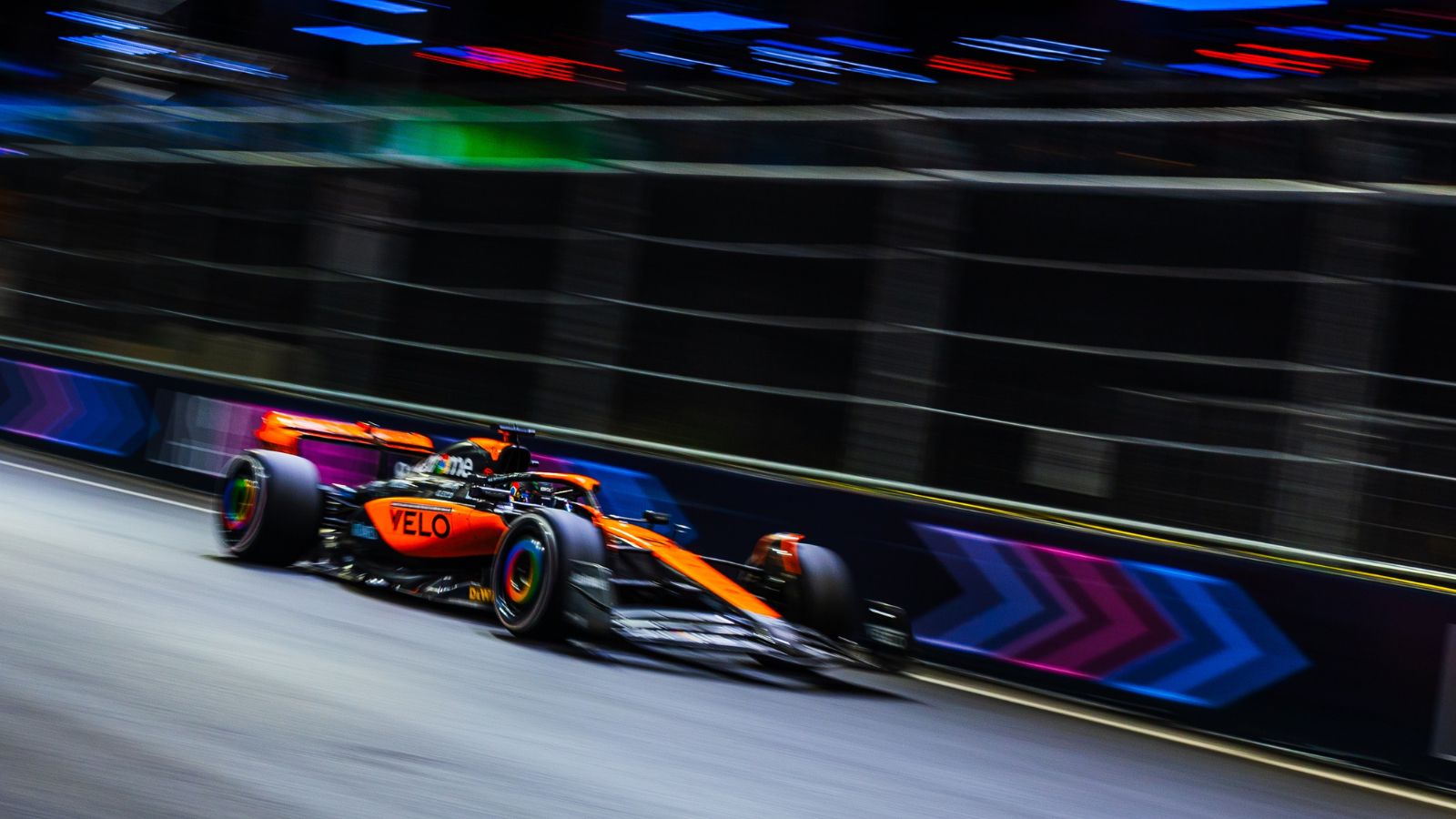
Regarding legends, the McLaren F1 is the Zeus of sports cars. Conceived by Gordon Murray, the car aimed to be the ultimate road car, focusing on driver experience. The F1 features a central driving position flanked by two passenger seats, enhancing visibility and control. Its carbon-fiber monocoque chassis was a first for road cars, providing unmatched rigidity and lightness. Many of today’s hypercars still struggle to match these numbers, proving that the old gods are sometimes the best.
1973 Porsche 911 Carrera RS
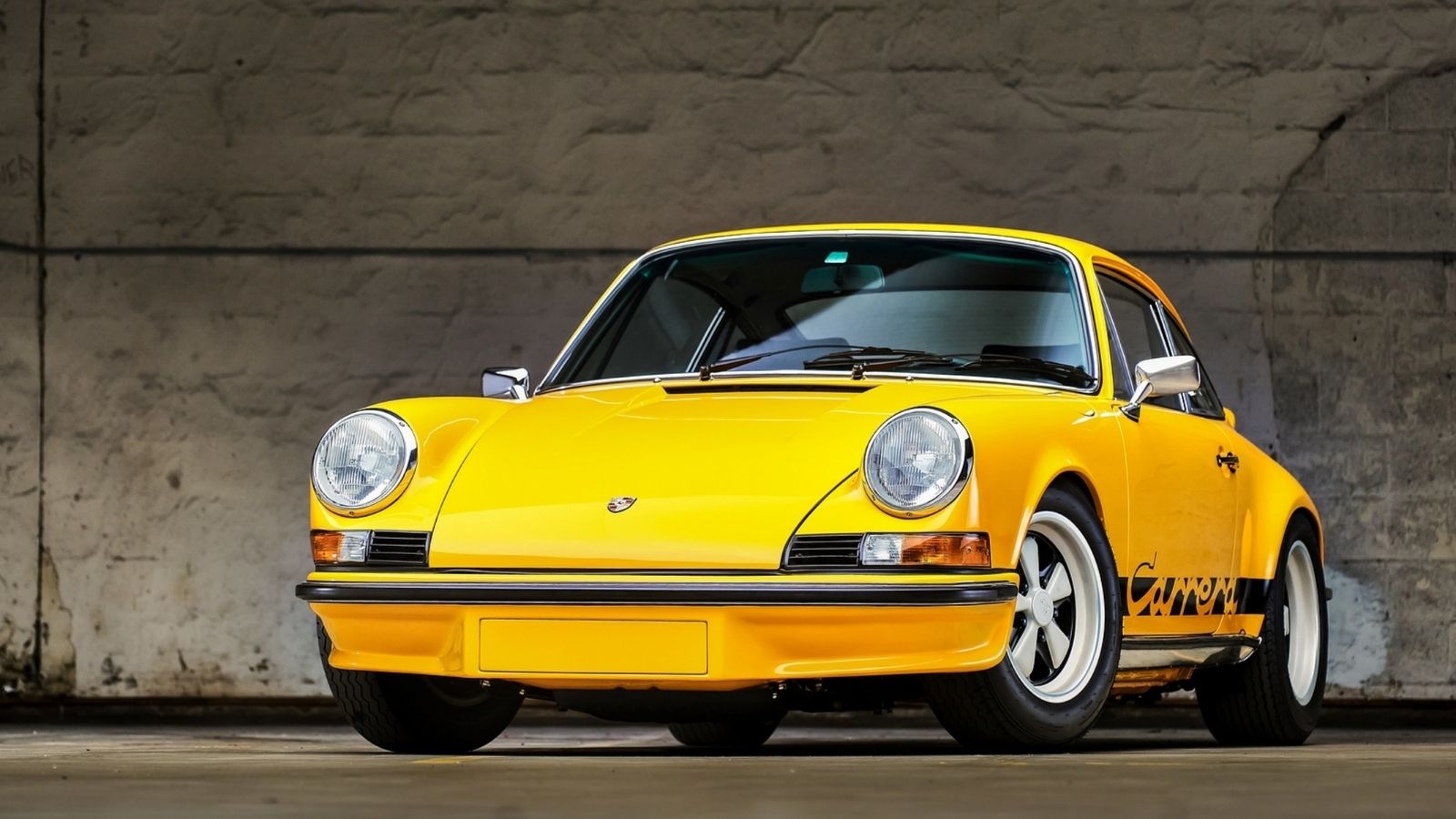
The Porsche 911 Carrera RS is the automotive version of the Rolling Stones—classic, timeless, and still rocking hard. The car is renowned for its “ducktail” rear spoiler, which improves aerodynamic stability. The suspension was also refined for improved handling, incorporating wider rear wheels and modified shock absorbers. The interior focuses on driver experience, with stripped-down elements and sportier seats. While not the fastest on paper, its lightweight body and impeccable handling made it a formidable opponent even today.
1965 Ford Mustang Shelby GT350
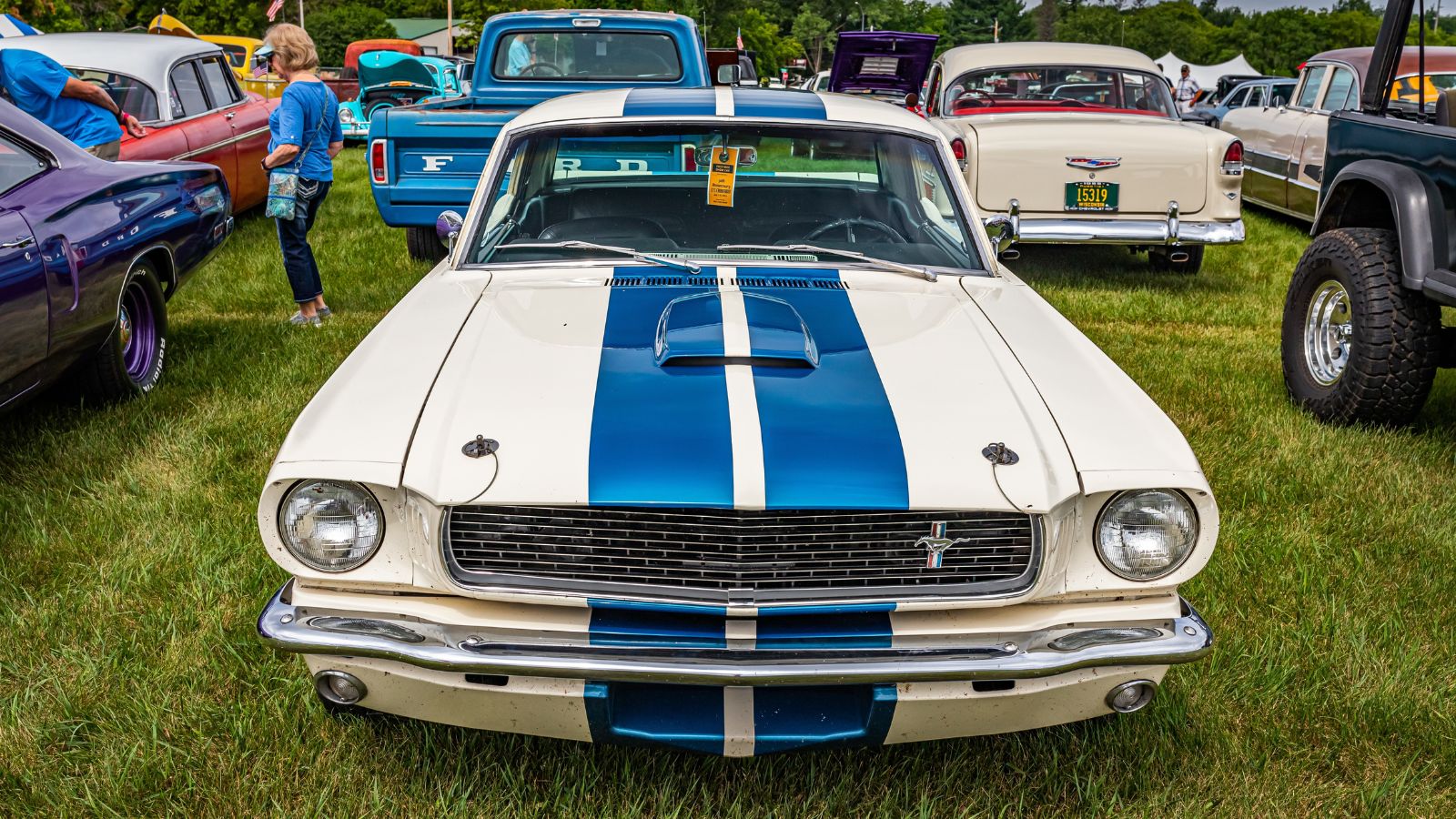
The 1965 Shelby GT350 Mustang was the automotive equivalent of a heavyweight boxer with a black belt in kung fu. Designed by Carroll Shelby, the car featured a high-performance 289-cubic-inch V8 engine, which delivered 271 horsepower, making it a formidable competitor on the track. It had a fiberglass hood with a functional air scoop, aggressive front grille, and racing stripes, enhancing its sporty appearance. While that might seem leisurely by today’s standards, the GT350’s aggressive styling and raw performance made it a true icon.
1985 Porsche 959
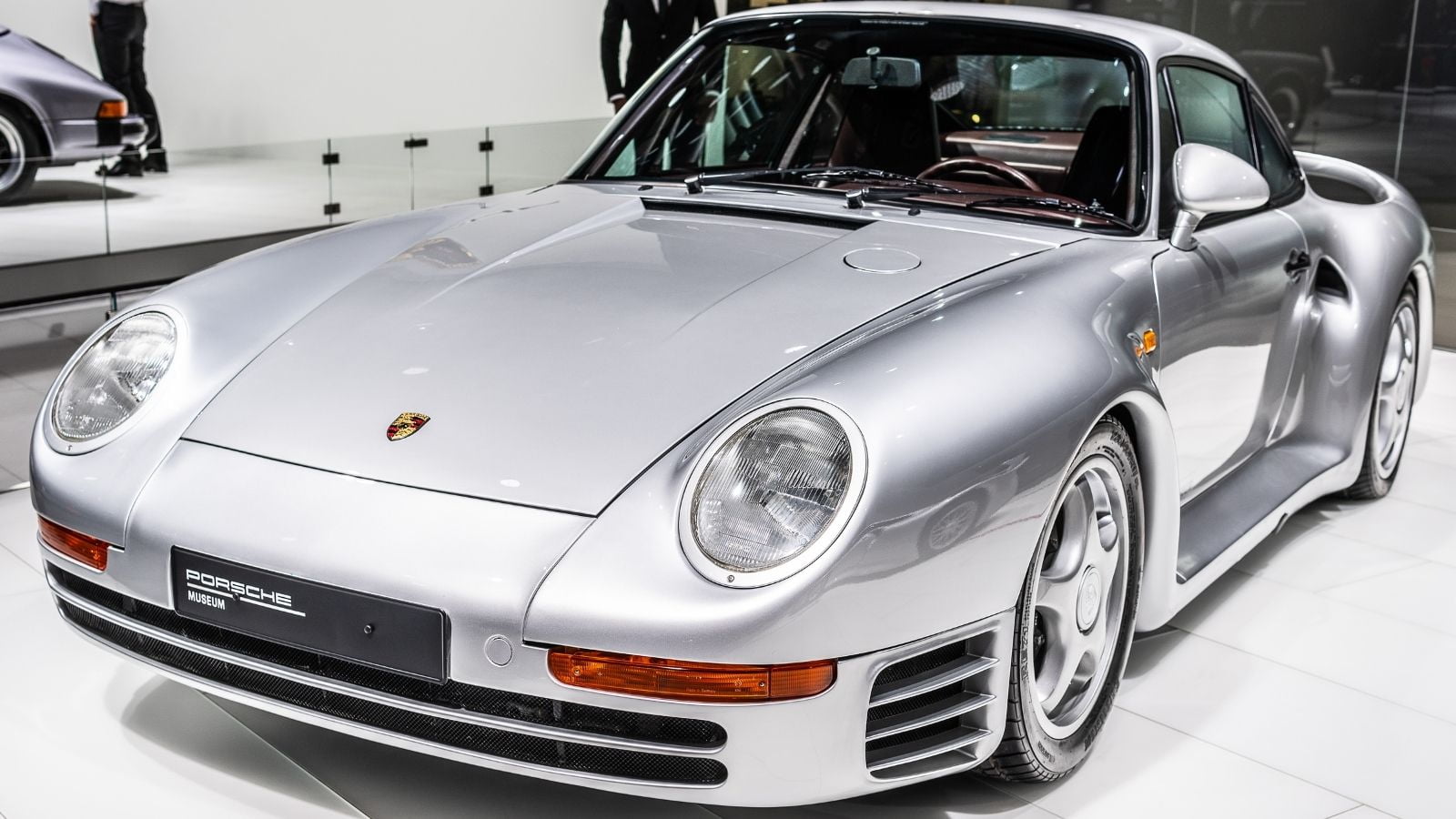
Ahead of its time, the Porsche 959 was essentially a UFO on wheels in 1985. Designed primarily for Group B rally racing, the 959 featured a lightweight body with a composite structure of Kevlar, carbon fiber, and aluminum. Its design included a low, wide stance, with aerodynamic enhancements like integrated front and rear spoilers. The 959 was powered by a 2.8-liter twin-turbocharged flat-six engine, producing 444 horsepower, and a six-speed manual transmission. This car left its contemporaries—and many modern cars—staring at its futuristic taillights.
1971 Lamborghini Miura SV

The Lamborghini Miura SV is often credited with being the world’s first supercar, and boy, did it set the bar high. The car’s body, designed by Bertone, showcases a streamlined shape with a prominent front grille and sharp, aggressive headlights. Its wide, angular taillights and quad exhaust outlets characterize the rear end. Inside, the Miura SV offers a minimalist, driver-focused cockpit with leather upholstery and analog gauges. Its stunning design and blistering performance still make modern Lamborghinis look like they’re trying too hard.
1989 Ferrari F40
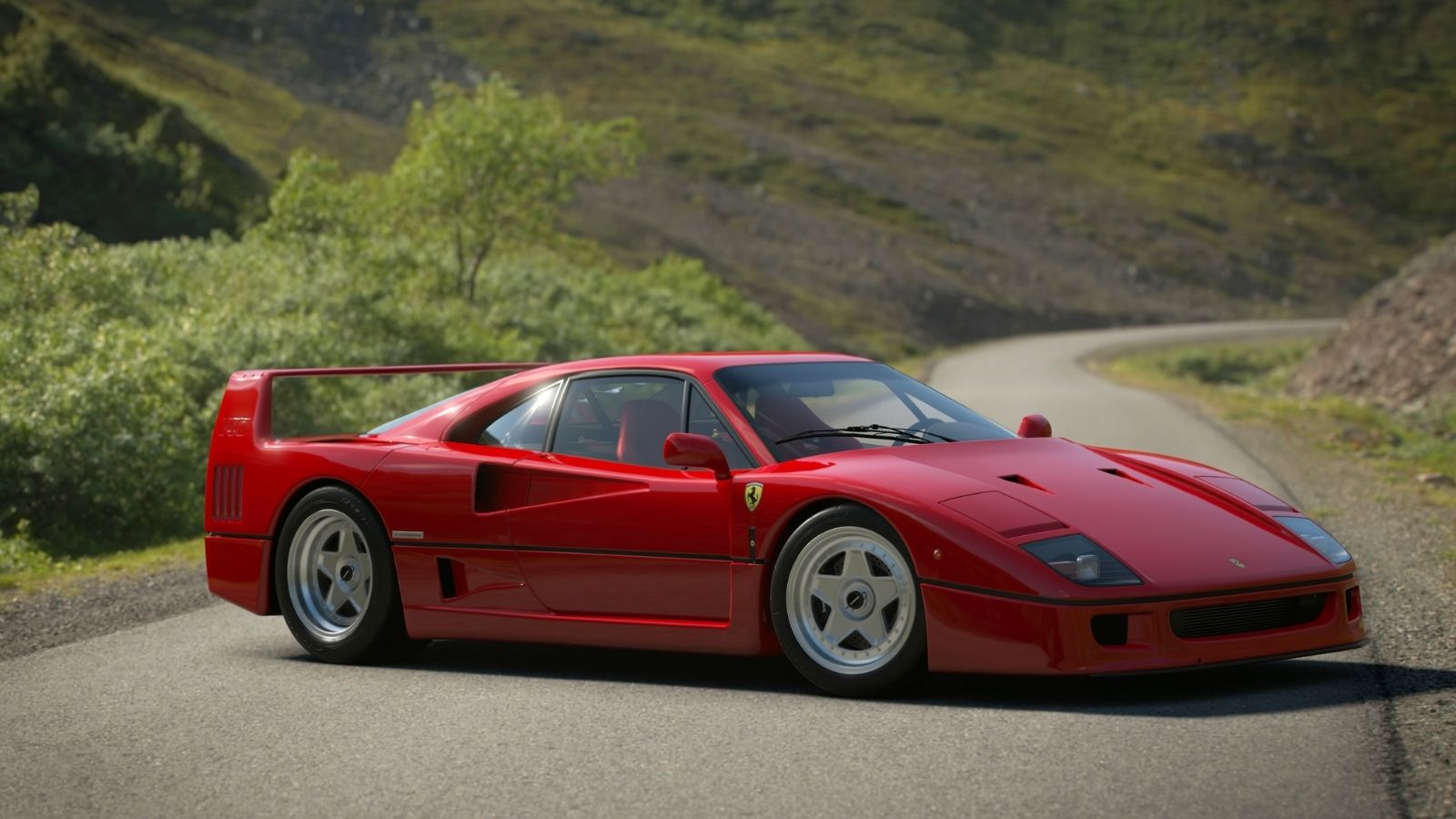
The Ferrari F40 is a name that sends shivers down the spine of car enthusiasts. The car embodies a blend of advanced engineering and aesthetic purity. Designed by Pininfarina, the F40 features a lightweight, aerodynamic body made primarily of carbon fiber and Kevlar, which helps achieve a curb weight of just 1,100 kg (2,425 lbs.). Its sharp, angular lines and aggressive stance give it a race-bred appearance. Stripped down for pure performance, it was the last car personally approved by Enzo Ferrari, making it a timeless masterpiece.
1969 Dodge Charger Daytona

Last but certainly not least, the 1969 Dodge Charger Daytona looked ready to take flight with its massive rear wing and aerodynamic nose. And in a sense, it was. A 7.0-liter Hemi V8 producing 425 horsepower could hit 60 mph in around 5.4 seconds. It was the first car to break the 200-mph barrier in NASCAR, and it still looks like it means business.</p
14 Cars with a Reputation for Running Forever and Why They Outperform the Rest
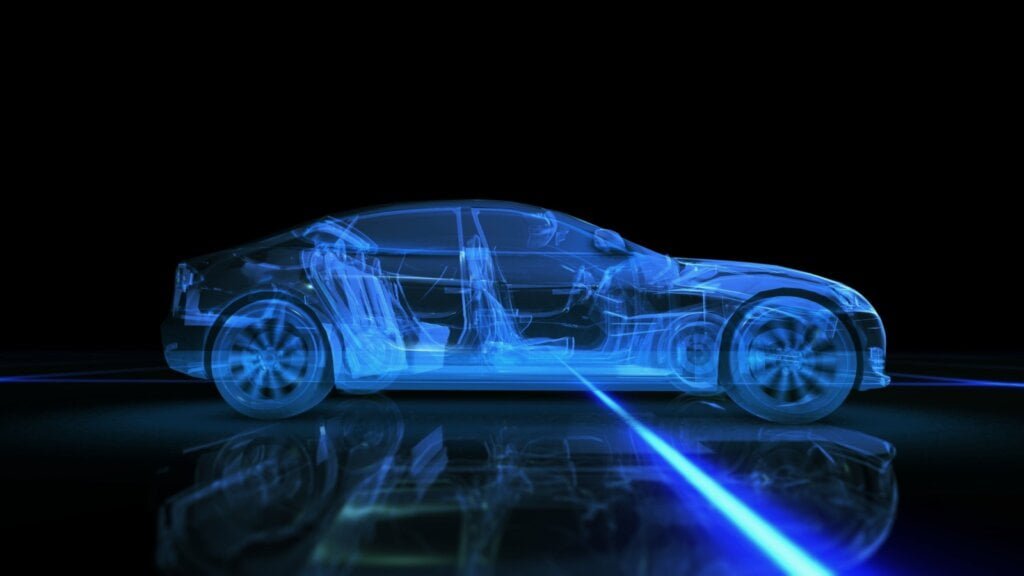
In the dynamic world of automobiles, some cars stand out for their remarkable longevity and enduring performance. These road warriors have earned a reputation for running seemingly forever, outpacing their counterparts. This article will explore 14 such vehicles and the reasons behind their legendary durability.
14 Cars With A Reputation For Running Forever And Why They Outperform The Rest
